化学、生命科学の様々な現象は、電子のやり取りによって進行するものが多くあります。化学の酸化還元反応はもちろん、電池や電気分解、そして動植物の細胞の中でもたくさんの酸化還元反応がいつも生じています。また、光合成や光触媒など、さらに光が関係してくる興味深い現象も多くあります。これらの現象を、エネルギーとは何か、という視点からの理解を深めます。
化学・生命科学科
DEPARTMENT OF CHEMISTRY AND BIOLOGICAL SCIENCE
SAGAMIHARA CAMPUS
分子の構造や性質、反応を探求するとともに、
生命現象の神秘を化学の視点で探究する
- MENU -
MOVIES 動画で知る化学・生命科学科
FEATURES 学科の特色
-
化学と生命科学、両方の学問を学べる
学部1〜3年次に化学と生命科学をともに学ぶことで幅広い知識が得られ、4年次に自分に合った卒業研究先の研究室を選ぶことができます。
-
充実した最先端の研究設備
NMR(核磁気共鳴)装置や質量分析装置、DNAシーケンサーなど、最先端の研究設備が多数あります。
-
研究室に配属されると異分野融合的な研究にふれることができる
研究室では分野をまたいだ共同研究が盛んに行われており、異分野融合的な実験を進めることができます。
-
卒業研究中間発表、卒業研究発表
4年次の10月には卒業研究の中間発表が、2月には卒業研究発表が行われます。自分が取り組んできた研究の成果を発表できる大事なチャンスです。
PICK UP LECTURES 授業紹介
有機化学D
有機化学Dでは、官能基の中でも最も重要なカルボニル基について学びます。アルデヒド、ケトン、エステル、カルボン酸、アミドなどの反応性が理解できます。また、これらの化合物の酸化還元反応や炭素ー炭素結合生成反応について学ぶことにより、簡単な構造の分子から複雑な構造の分子を合成する有機合成ができるようになります。様々な反応の反応機構を理解することに重点を置きます。
生命科学B
生命科学Bでは、生命現象を司る中心原理”セントラルドグマ”について深く学びます。セントラルドグマとは、DNAからRNA、そしてタンパク質へと遺伝情報が伝達される基本原理を指します。これは、私たち人類を含め地球に存在する全ての生物に共通する仕組みです。この講義では、細胞の核内で行われるDNAの複製とRNAへの転写、細胞質で行われるタンパク質への翻訳、それぞれに重要な分子の機能について深く理解することが目標です。
物質分析化学実験
物質分析化学実験では、化学実験の基礎となる水溶液系での定量分析実験を行います。物質の定量的な取り扱い方法の習得と測定の基本的な考え方の理解を目的として、溶解、ろ過、恒量操作、滴定などの基本操作を実習します。また、オレンジやほうれん草など、食べ物に含まれるビタミンの定量実験も行い、「実際の生活と関わる化学」を体験する分析実習も行っています。
LABORATORIES 研究室紹介
機能物質化学研究室(阿部 二朗研究室)
電子状態理論を武器とした合理的分子設計手法に基づいた物質合成と、物性解明を目的とした物性有機化学の研究を行っています。特に、光機能を有するフォトクロミック分子やスピン機能を有する有機ラジカルなどの機能性分子の合成・物性研究に取り組んでいます。
レーザー光化学研究室(鈴木 正研究室)
レーザー光化学研究室では、レーザーという光を使って目にも見えないくらい小さな分子の形やその変化を調べています。物理化学の実験手法を使って、生体分子のことをどこまで知ることができるのだろうか?副作用を引き起こす薬剤分子の反応の解明についても挑戦しています。
生体分析化学研究室(田邉 一仁研究室)
細胞内や生体組織内で起こる生命現象は、複雑な化学反応の積み重ねによって維持されています。有機化学、物理化学、生化学の知識、さらにはナノテクノロジーを駆使して、それらを一つ一つ解き明かしていきたいと考えています。 得られた知見に、光反応や放射線化学反応を組み合わせ、副作用の少ない新しい治療薬や診断薬の創出へ結びつけていきます。 生体分析化学研究室では、有機合成から動物実験に至るシームレスな実験によって、生命現象の理解に基づく独創性の高い医療用新材料の開発を進めています。
脳科学研究室(平田 普三研究室)
私たちは魚をモデルとした研究を通して、人の脳の動作原理と疾患発症メカニズムの解明を進めています。脳を理解することで、人間が人間らしく幸せに生きていくことに必要な知恵を提唱していきます。
理論化学研究室(中田 恭子研究室)
フラーレンやナノチューブのようなナノカーボンは、多彩な構造と性質を示します。私たちはナノカーボンの新しい構造を考えて、理論計算で電子状態を予測しています。綺麗な模様や面白い形から、それが金属になるか半導体になるかを決める規則や、磁性や超伝導を示す可能性を見つけます。実験の一歩も二歩も前を行く理論研究ができるのがナノカーボンの世界です。私たちの想像力から生まれたナノカーボンが、今は予想もできないような場面でその姿を現す日を楽しみに、私たちは新たな可能性の探索を続けています。
INTERVIEW 学生・卒業生インタビュー
-
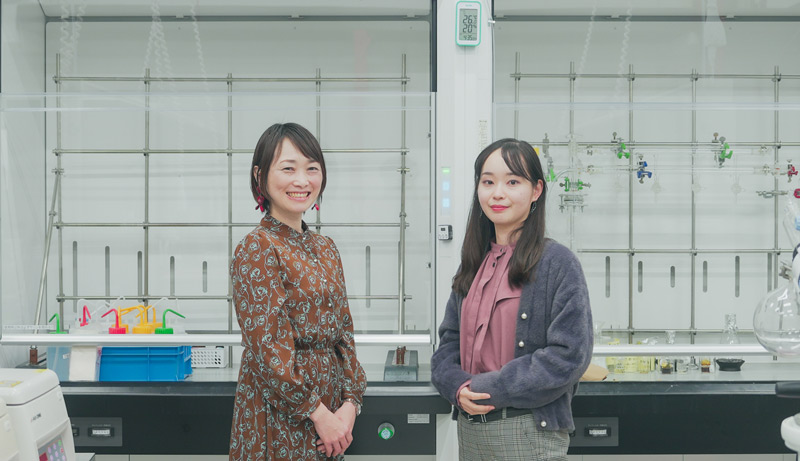 石井 あゆみ(早稲田大学 先進理工学部化学・生命化学科 准教授) × 橋本 恵里 卒業生(化学・生命科学科) × 在学生(電気電子工学コース)
石井 あゆみ(早稲田大学 先進理工学部化学・生命化学科 准教授) × 橋本 恵里 卒業生(化学・生命科学科) × 在学生(電気電子工学コース)150周年記念企画「未来を拓く青学マインド」
未知を発見する喜びを伝え、研究・教育を通して日本の技術力を高めたい
(2025/03/10 公開)石井 あゆみ(早稲田大学 先進理工学部化学・生命化学科 准教授) × 橋本 恵里 卒業生(化学・生命科学科) × 在学生(電気電子工学コース) -
 澤 博(名古屋大学 大学院工学研究科 教授)× 大野 礼雄 卒業生(物理科学科) × 在学生(化学コース)
澤 博(名古屋大学 大学院工学研究科 教授)× 大野 礼雄 卒業生(物理科学科) × 在学生(化学コース)150周年記念企画「未来を拓く青学マインド」
「面白い」を突き進み、未知を解き明かす
(2025/3/4 公開)澤 博(名古屋大学 大学院工学研究科 教授)× 大野 礼雄 卒業生(物理科学科) × 在学生(化学コース) -
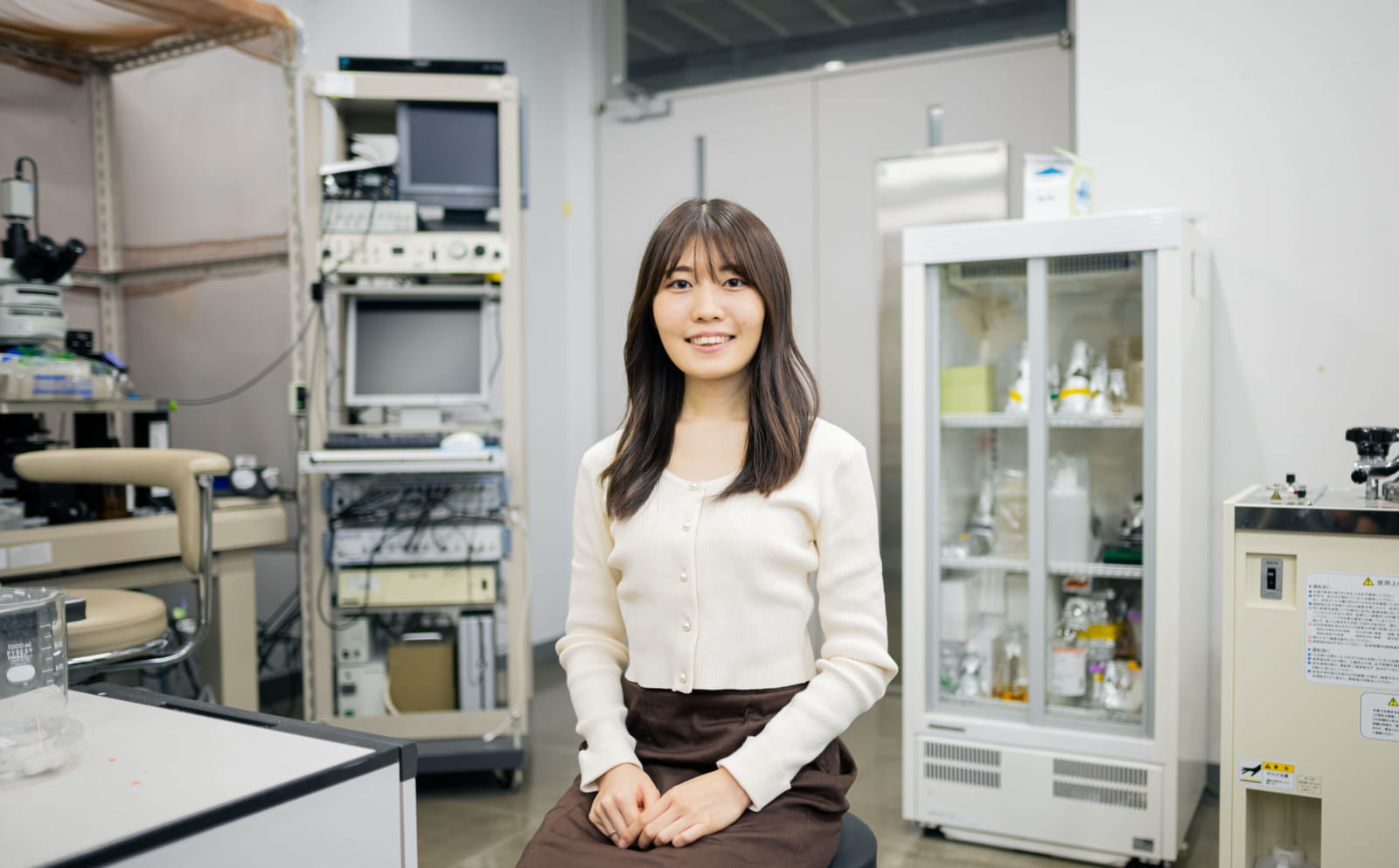 青島 友葵 在学生
青島 友葵 在学生化学と生命科学の分野を超えて、自分の興味を掘り下げる
(2023/1/17 公開)青島 友葵 在学生 -
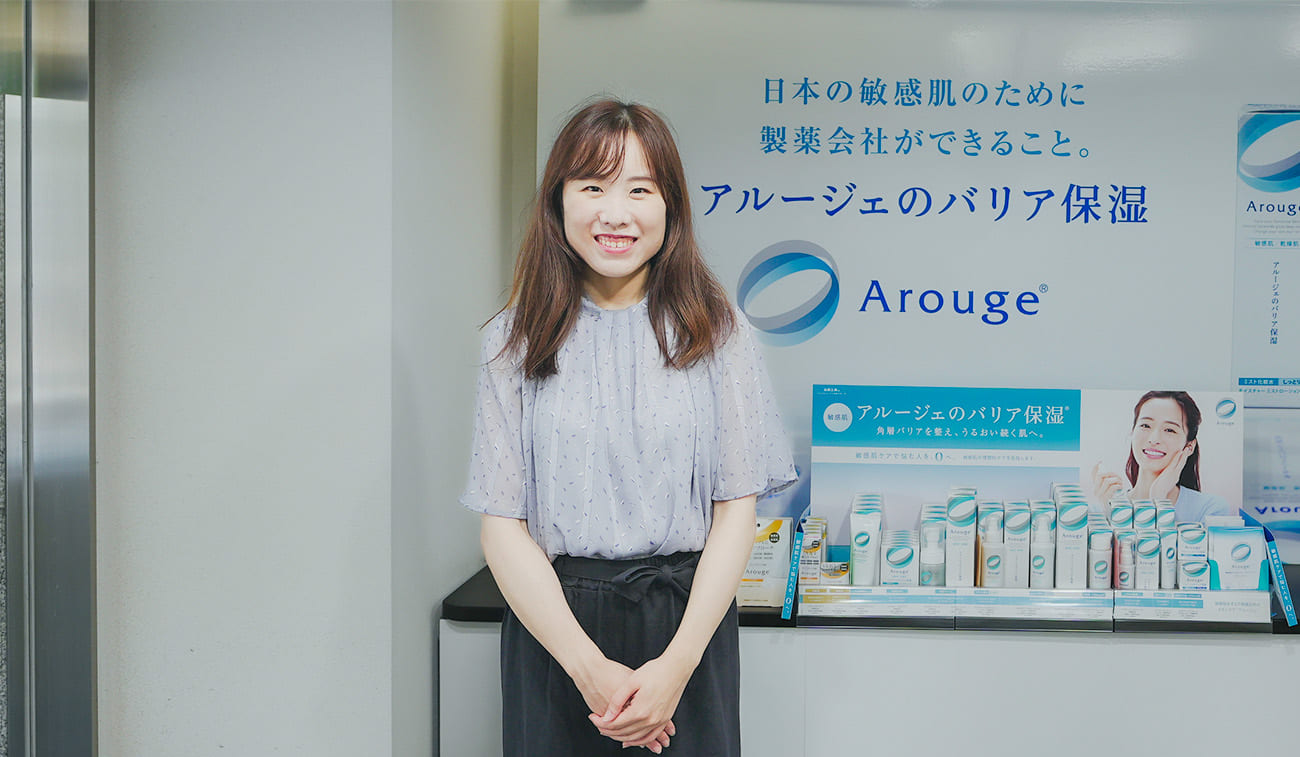 天野 香織さん 卒業生(全薬工業株式会社)
天野 香織さん 卒業生(全薬工業株式会社)生命科学の視点で皮膚科学を重視した化粧品開発に携わる
(2022/11/7 公開)天野 香織さん 卒業生(全薬工業株式会社) -
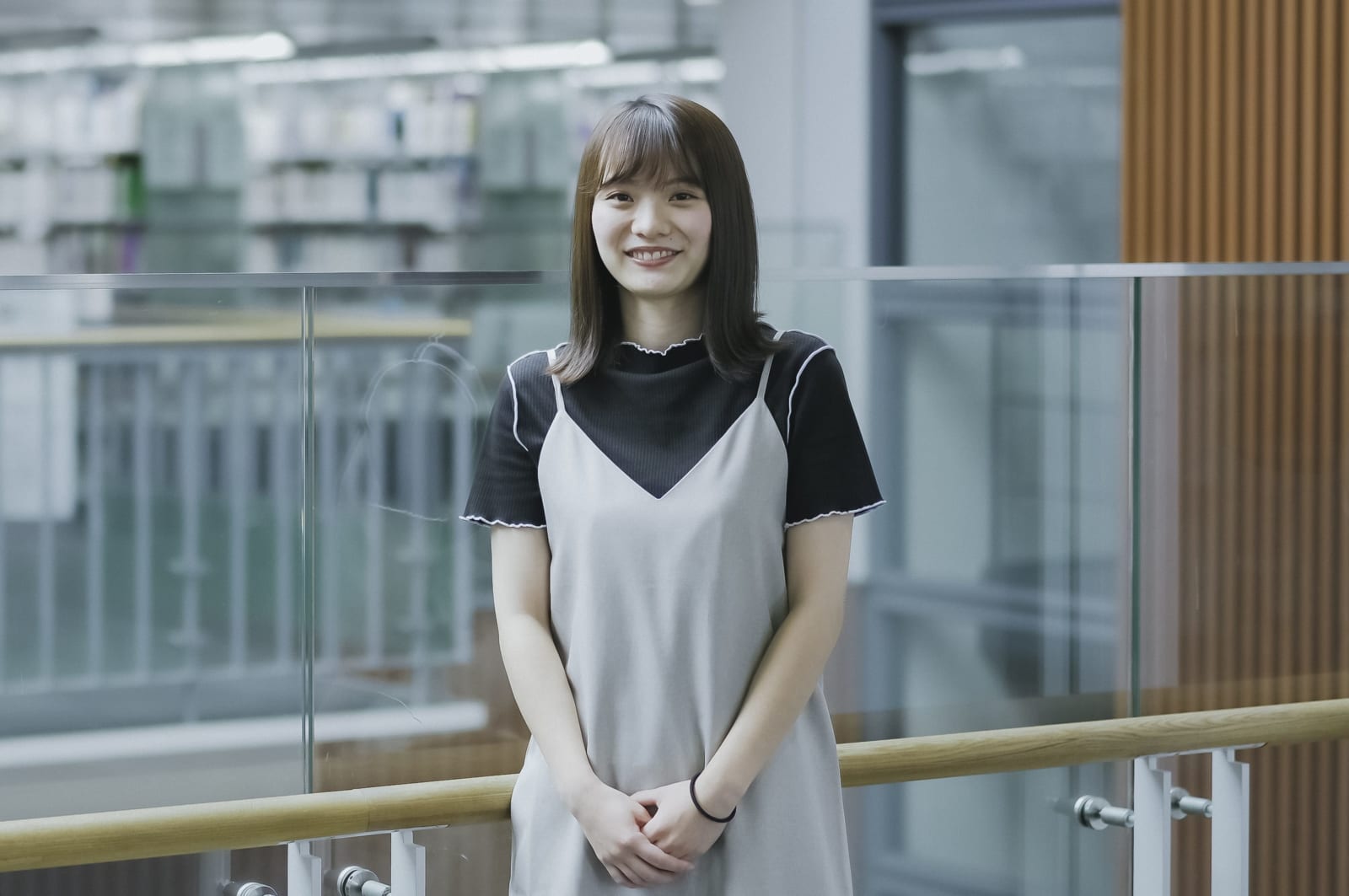 木下 彩 在学生
木下 彩 在学生専門分野の学びを深めるために挑戦した初海外でのアメリカ交換留学
(2022/10/12 公開)木下 彩 在学生 -
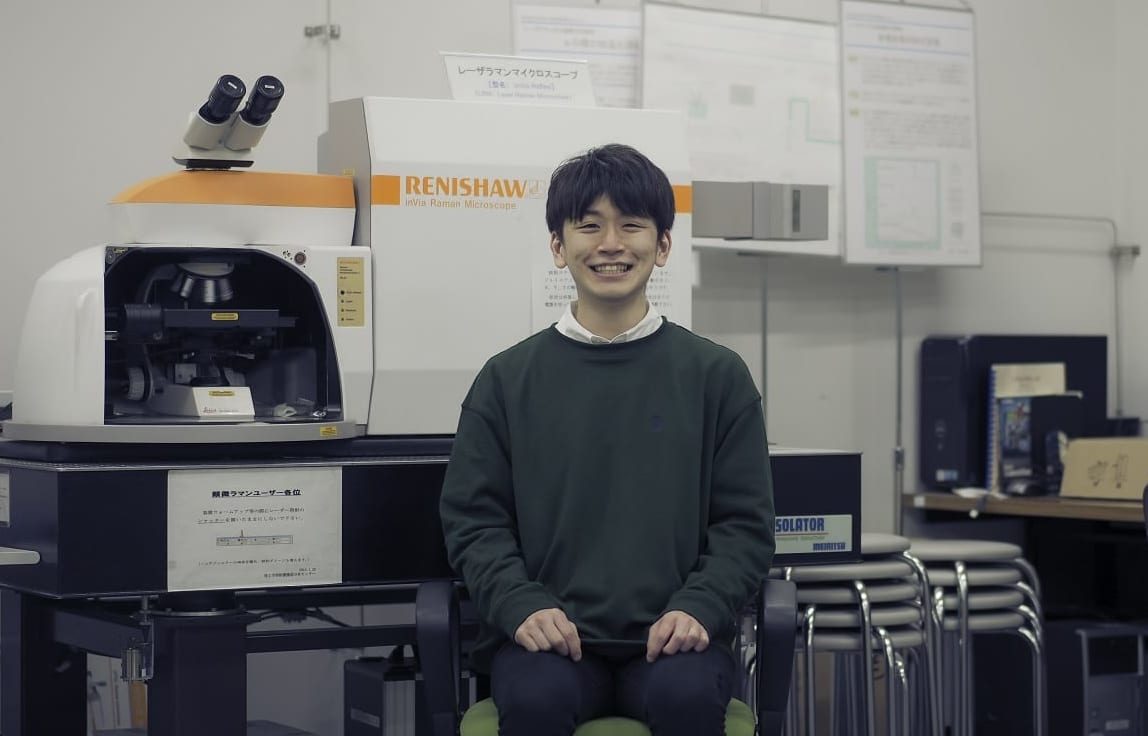 蒔苗 宏紀 在学生
蒔苗 宏紀 在学生<2021年度 学生表彰受賞>
オリジナルの分子を使って新たな核酸の検出手法を開発
(2022/4/26 公開)蒔苗 宏紀 在学生 -
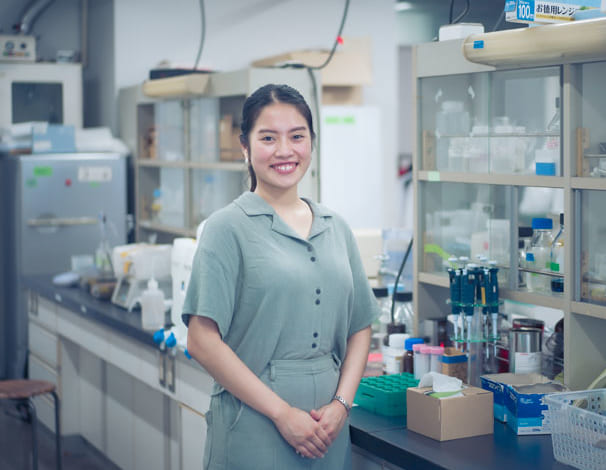 小久保 澪 在学生
小久保 澪 在学生入念な準備で発見できた本当にやりたい仕事
(2021/9/29 公開)小久保 澪 在学生 -
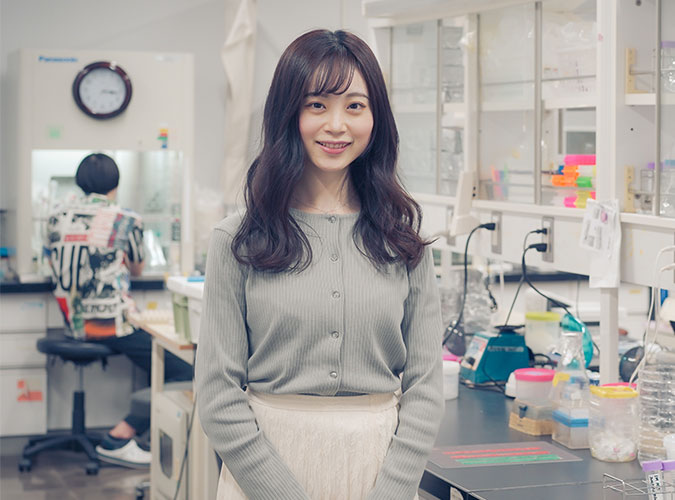 女屋 祐奈 /野田 直輝 在学生
女屋 祐奈 /野田 直輝 在学生幅広く学べる化学・生命科学科で新たな知的好奇心と出会う
( 2021/8/24 公開)女屋 祐奈 /野田 直輝 在学生
FROM FACULTY MEMBERS 教員・研究室インタビュー
-
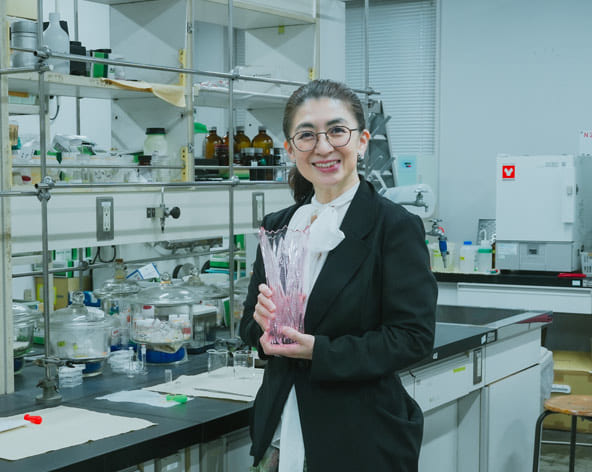 長谷川 美貴 教授 AGU RESEARCH
長谷川 美貴 教授 AGU RESEARCH希土類の特性を生かした螺旋型錯体の発光機能を追究
(2024/07/02 公開)
長谷川 美貴 教授 AGU RESEARCH -
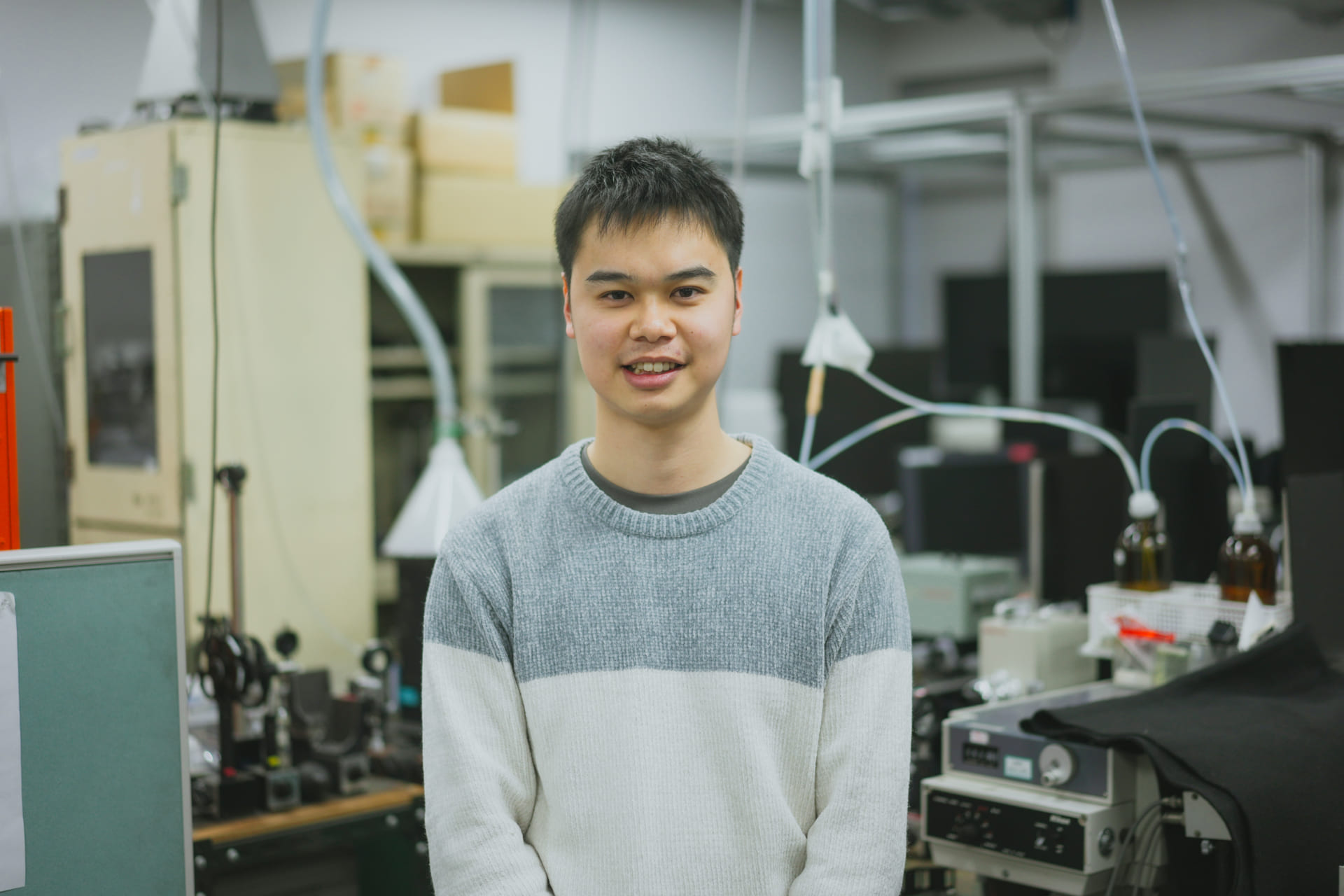 柏原 航 助教 AGU RESEARCH
柏原 航 助教 AGU RESEARCH薬剤性光線過敏症の原因となるケトプロフェンの光化学反応を解明
(2024/04/26 公開)
柏原 航 助教 AGU RESEARCH -
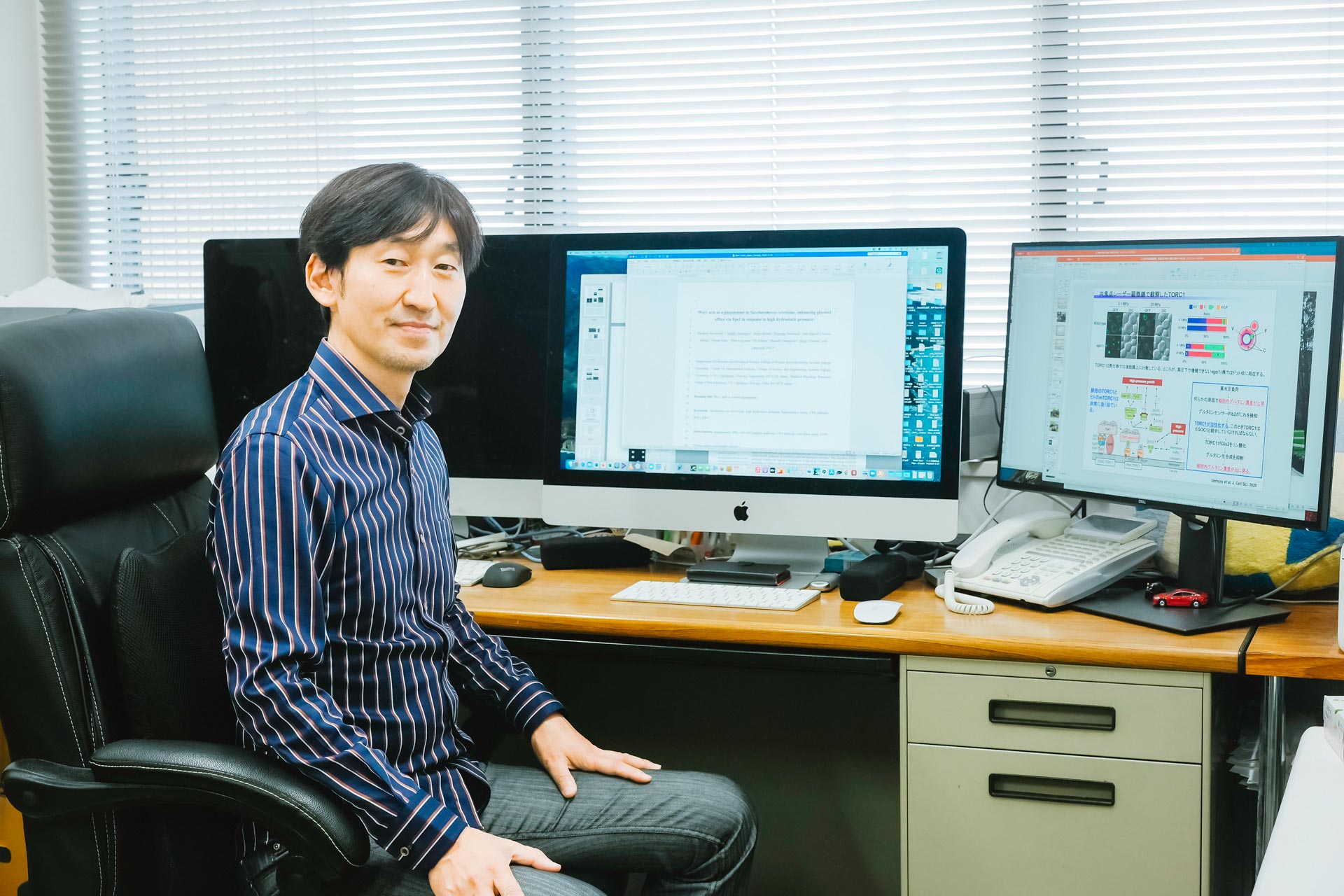 阿部 文快 教授 AGU RESEARCH
阿部 文快 教授 AGU RESEARCH未知への挑戦 酵母菌に学ぶ高水圧環境への適応戦略
(2022年 公開)阿部 文快 教授 AGU RESEARCH -
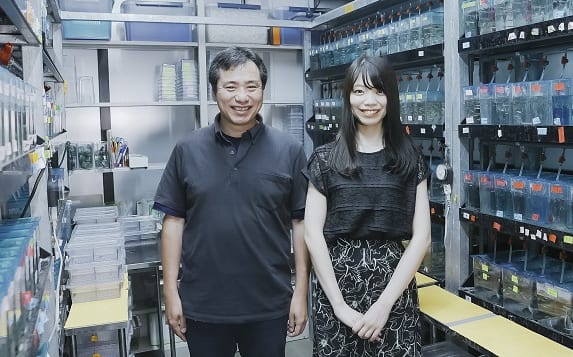 平田 普三教授 × 安西 美玖 AGU LiFE 研究室インタビュー
平田 普三教授 × 安西 美玖 AGU LiFE 研究室インタビュー魚をモデルにした研究で人間の病気や老化の解明に繋げる
(2022/10/25 公開)平田 普三教授 × 安西 美玖 AGU LiFE 研究室インタビュー -
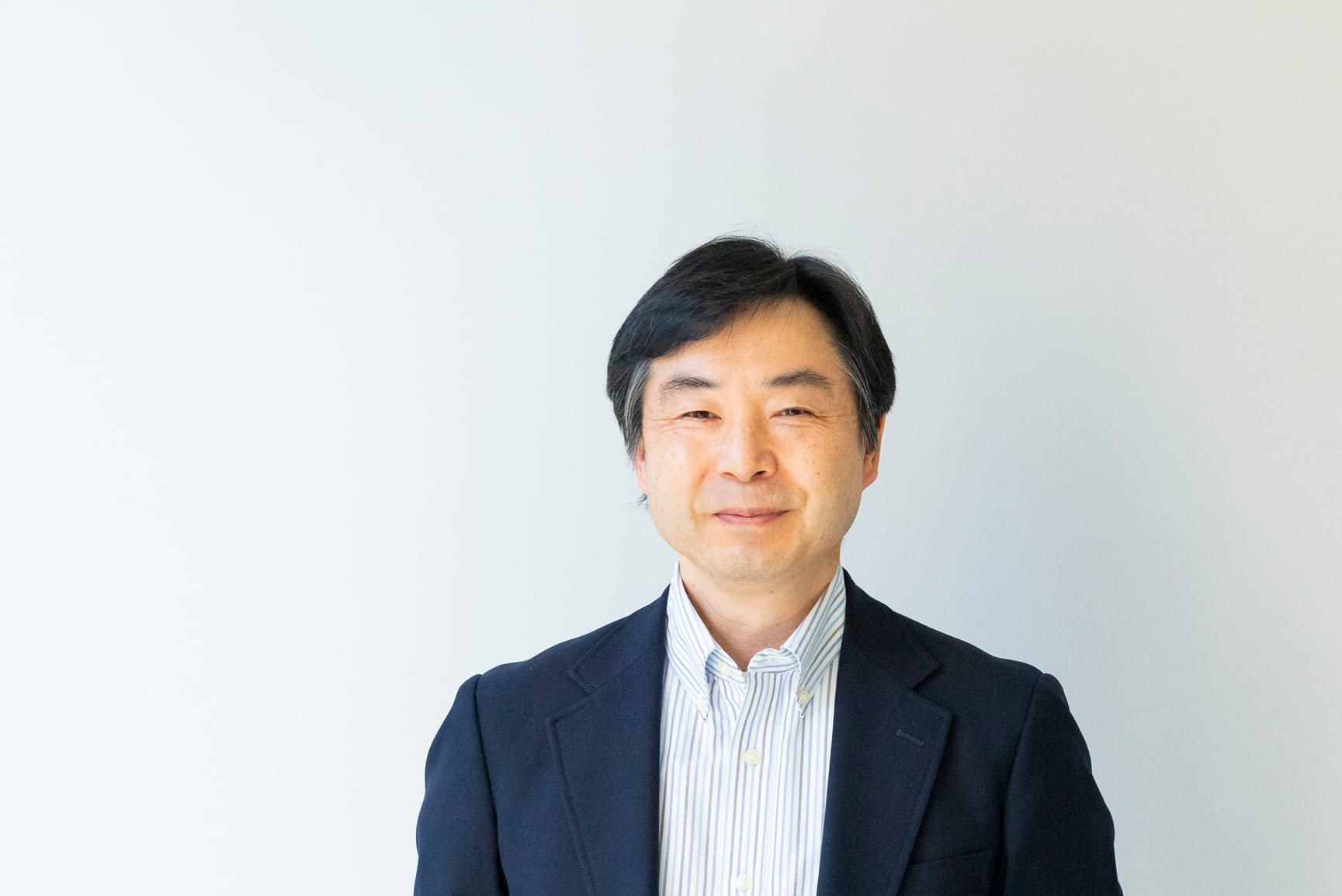 鈴木 正 教授 AGU RESEARCH
鈴木 正 教授 AGU RESEARCHレーザーを使って「分子の世界」を紐解く
(2021年 公開)鈴木 正 教授 AGU RESEARCH -
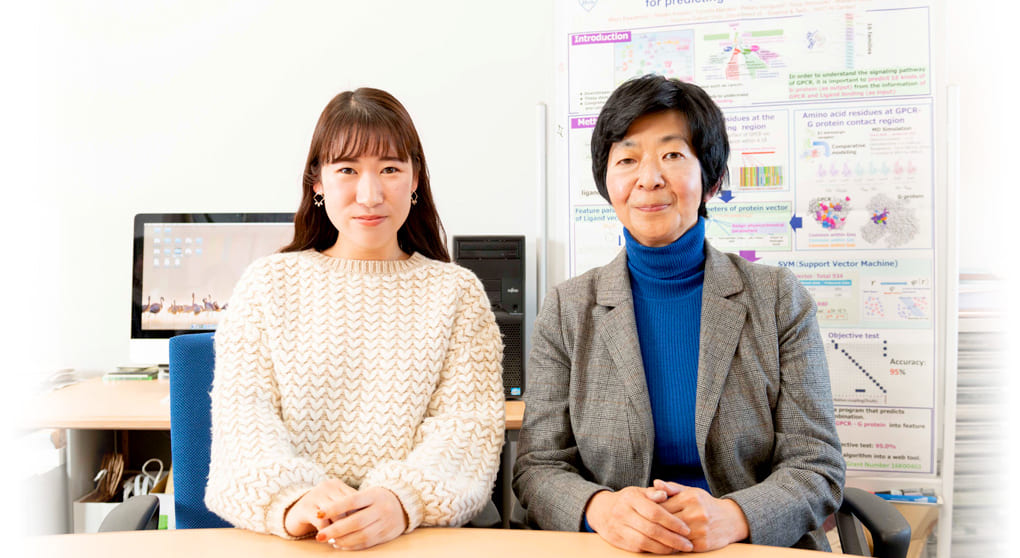 諏訪 牧子 教授 × 蝦名 里月 AGU LiFE 研究室インタビュー
諏訪 牧子 教授 × 蝦名 里月 AGU LiFE 研究室インタビュー生命情報科学
(2020/2/28 公開)諏訪 牧子 教授 × 蝦名 里月 AGU LiFE 研究室インタビュー -
 重里 有三 教授 AGU RESEARCH
重里 有三 教授 AGU RESEARCHとても薄い無機薄膜の大きな力
(2020年 公開)重里 有三 教授 AGU RESEARCH -
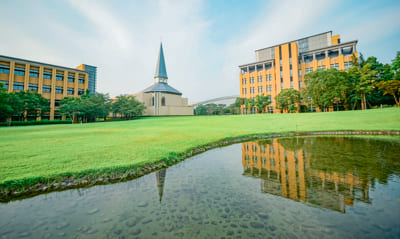 阿部 二朗 教授 AGU RESEARCH
阿部 二朗 教授 AGU RESEARCH私たちのくらしを支える「フォトクロミズム」
(2018年 公開)阿部 二朗 教授 AGU RESEARCH